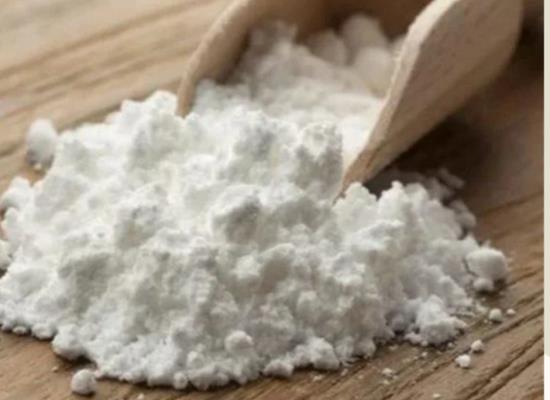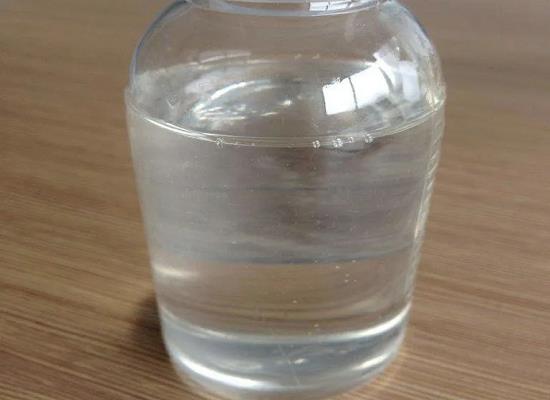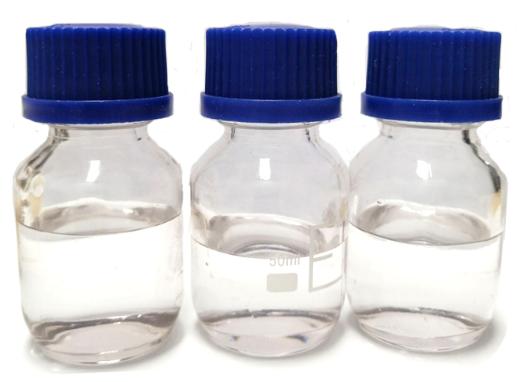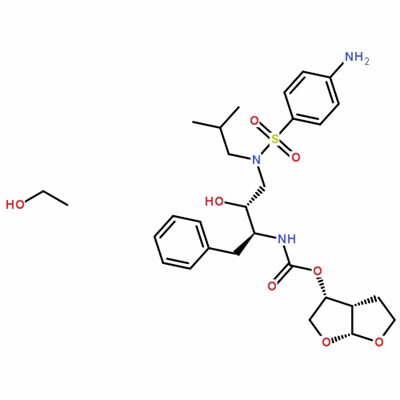Dimethyl dicarbonate: mechanism of action, applications and safety
General Description
Dimethyl dicarbonate (DMDC) is a safe and effective food preservative commonly used in the beverage and wine industry as well as in the fermentation of lychee juice and preservation of vegetables and fruits. Its antifungal mechanism involves damaging organelles, inducing ROS accumulation and lipid peroxidation, and disrupting cell membranes to inhibit growth of G. citri-aurantii. DMDC is safe for consumption as it decomposes into harmless byproducts, but proper handling is necessary due to its potential hazards. Overall, Dimethyl dicarbonate provides anti-microbial properties and enhances shelf life and safety of various food products without significantly impacting their nutritional composition.

Figure 1. Dimethyl dicarbonate
Mechanism of action
Dimethyl dicarbonate has been found to effectively inhibit the growth of G. citri-aurantii in vitro, and its antifungal mechanism has been investigated. The mechanism involves the destruction of organelles, such as mitochondria, by DMDC. This disruption leads to the accumulation of reactive oxygen species (ROS) and lipid peroxidation within the fungal cells. Consequently, these cellular damages impair the integrity of cell membranes, ultimately inhibiting the growth of G. citri-aurantii. Additionally, temporary treatment of G. citri-aurantii with DMDC has shown to effectively suppress its pathogenicity. Moreover, the activities of two important enzymes, peroxidase (POD) and phenylalanine ammonia-lyase (PAL), responsible for plant defense responses, are enhanced by DMDC treatment in citrus fruits. In order to gain a more comprehensive understanding of the underlying mechanisms, further research utilizing molecular biology techniques and other methods will be conducted. These investigations aim to elucidate the specific target of DMDC within G. citri-aurantii. Such knowledge will serve as a foundation for the development of new and improved fungicides targeting this pathogenic fungus. Overall, Dimethyl dicarbonate exerts its antifungal effects against G. citri-aurantii by damaging organelles, inducing ROS accumulation and lipid peroxidation, and disrupting cell membranes. Its ability to inhibit pathogenicity and enhance defense enzyme activities make DMDC a promising candidate for controlling G. citri-aurantii infection in citrus plants. 1
Applications
Dimethyl dicarbonate is a food additive that has various applications in the food industry. It is commonly used as a preservative to prevent spoilage in a wide range of food products. Dimethyl dicarbonate has found extensive use in the beverage and wine industry, where it is added to beverages and wines to effectively inhibit microbial growth. Furthermore, DMDC is also utilized in the fermentation of lychee juice, ensuring microbial safety, sensory consistency, and nutritional integrity of the fermented lychee juice. The application of DMDC in the preservation of vegetables and fruits has also garnered attention. Cheng et al. [18] discovered that DMDC can effectively inhibit microbial growth on the surface of Chinese cabbage. Although DMDC treatment may affect the appearance and texture quality during early storage, it does not significantly impact the nutritional composition. In summary, Dimethyl dicarbonate serves as an important food additive that provides anti-microbial properties, enhancing the shelf life and safety of various food products. Its usage in beverages, wines, lychee juice fermentation, as well as vegetable and fruit preservation, has demonstrated its effectiveness in maintaining product quality and safety. 2
Safety
Dimethyl dicarbonate is a chemical compound commonly used in the food and beverage industry as a preservative. Its primary function is to inhibit the growth of microorganisms and extend the shelf life of various products, such as juices, wines, and soft drinks. When used properly, DMDC has been proven to be safe for human consumption. It rapidly decomposes into harmless byproducts, mainly carbon dioxide and methanol, under normal conditions. This decomposition process ensures that DMDC does not persist in the final product. However, it is essential to handle DMDC with caution due to its potential hazards in concentrated form. Direct contact with skin or eyes can cause irritation, and inhalation of its vapors may lead to respiratory discomfort. Therefore, appropriate personal protective equipment should be worn, including gloves and goggles, when handling DMDC. In conclusion, as a food preservative, Dimethyl dicarbonate is considered safe when used as directed. Its use effectively prevents microbial contamination and helps maintain the quality and safety of food and beverage products. 3
Reference
1. Liu S, Zhang D, Wang Y, et al. Dimethyl Dicarbonate as a Food Additive Effectively Inhibits Geotrichum citri-aurantii of Citrus. Foods. 2022;11(15):2328.
2. Costa A., Barata A., Malfeito-Ferreira M., Loureiro V. Evaluation of the inhibitory effect of dimethyl dicarbonate (DMDC) against wine microorganisms. Food Microbiol. 2008;25:422–427.
3. Basaran-Akgul N, Churey JJ, Basaran P, Worobo RW. Inactivation of different strains of Escherichia coli O157:H7 in various apple ciders treated with dimethyl dicarbonate (DMDC) and sulfur dioxide (SO2) as an alternative method. Food Microbiol. 2009;26(1):8-15.
Related articles And Qustion
Lastest Price from Dimethyl dicarbonate manufacturers

US $10.00/KG2025-04-21
- CAS:
- 4525-33-1
- Min. Order:
- 1KG
- Purity:
- 99%
- Supply Ability:
- 10 mt

US $0.00-0.00/KG2025-04-15
- CAS:
- 4525-33-1
- Min. Order:
- 1KG
- Purity:
- 99%
- Supply Ability:
- 500000kg




